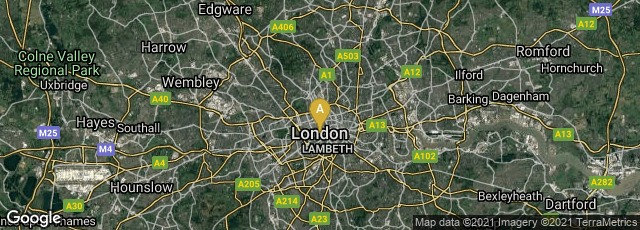According to these images, Judd & Glass operated a traditional press room with 5 hand presses. This and their typesetting and bindery rooms all appear to be well-lit with skylights.


A: London, England, United Kingdom
This is the only printer's sample book from this period that that I have seen which directly addresses authors as potential customers. It is also about the only book that I have seen from the period that covers the cost of advertising leaflets.
As appealing as the new printing machines might have been to some printers, during the 19th century many printers retained traditional technologies. In 1856 London publishers James Judd and Alexander Henry Glass issued a small cloth-bound promotional book entitled Counsels to Authors and Hints to Advertisers. In their book, which contains examples and costs of the wide range of typesetting, illustration methods, and bindings that they offered, they also promoted their services by a cost-sharing financial arrangement in which they required authors to pay half the cost of the project in advance, with the remainder to come out of the proceeds of sale. Besides producing the book they would handle sales and remit proceeds to the author. This would have limited the author's cost to half of the complete cost of the publication. The cost-sharing proposition would not have applied to advertising leaflets that would not have been sold.
Notably Judd and Glass provided pricing for up to 50,000 16-page pamphlets. In the image of their press room they show only 5 hand presses and no printing machines; however in their text they refer to the use of "steam and stereotype" to drive down the cost of large print runs.